Embarking on the creative journey of fabric appliqué with Vliesofix opens up a world of possibilities for crafting enthusiasts.
Vliesofix, also known as Bondaweb, is a reliable ally in the realm of appliqué, providing a seamless and versatile method for attaching fabric pieces without the need for intricate stitching.
Understanding the intricacies of how to use Vliesofix in appliqué is essential for achieving professional-looking results.
Whether you’re a seasoned quilter, a garment maker, or a crafting enthusiast, mastering the art of Vliesofix appliqué allows you to easily add intricate designs, textures, and layers to your projects.
This guide delves into seven simple and effective methods, offering step-by-step instructions to ensure success in your fabric appliqué endeavors.
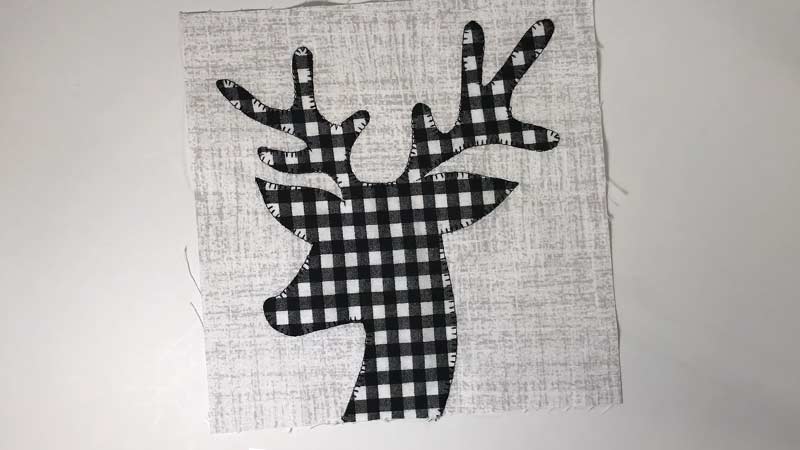
What Is Vliesofix?
Vliesofix, also known as Bondaweb in some regions, is a versatile adhesive web used in textile and fabric crafts. It is a thin, double-sided, fusible web in sheet or roll form.
The material is made of a web of fibers with adhesive on both sides, allowing it to easily adhere to fabrics by applying heat and pressure. Vliesofix is commonly employed in crafting projects, particularly in appliqué and fabric embellishments.
Crafters use it to bond fabrics, creating a stable and durable connection without stitching. It is often applied to the back of fabric pieces, which can then be fused onto another fabric or surface, providing a clean and seamless appearance.
This versatile product is widely appreciated for its convenience in adding intricate designs and details to quilts, garments, and other fabric-based creations.
How Do I Use Vliesofix In Applique?

Knowing how to use Vliesofix can open up a world of creative possibilities regarding fabric crafts. This double-sided fusible web is a fantastic tool for appliqué, allowing you to attach fabric pieces without stitching easily.
Here are seven simple methods to guide you through the process of using Vliesofix for appliqué:
Trace and Cut
Begin by tracing your desired appliqué shape onto the paper side of the Vliesofix. Cut out the shape, leaving a small margin around the traced lines.
Then, place the adhesive side onto the wrong side of your fabric and press with a hot iron to bond the Vliesofix to the fabric. Finally, cut along the traced lines to create your appliqué piece.
Reverse Appliqué
For a unique effect, consider reverse appliqué. Cut the shape you want from the top fabric, then a slightly larger shape from the background fabric.
Bond Vliesofix to the wrong side of the top fabric, position it over the cutout in the background fabric and press with an iron to fuse them.
Layered Appliqué
Create depth in your appliqué by layering different fabrics. Bond Vliesofix to each fabric, cut out the desired shapes, and arrange them in layers. Press with an iron to secure the layers together. This method adds dimension to your appliqué designs.
Free-Form Appliqué
Embrace creativity by using Vliesofix for free-form appliqué. Cut random shapes from various fabrics, bond Vliesofix to the back, and arrange them on your base fabric. Once satisfied with the layout, iron them in place to create a whimsical and unique design.
Fusible Bias Tape
To achieve the look of bias tape without the stitching, cut strips of fabric, apply Vliesofix to the wrong side and press with an iron. Fold the strip in half, encasing the Vliesofix, and press again. Use the fusible bias tape to outline shapes or add decorative elements to your appliqué.
Raw-Edge Appliqué
For a more rustic or textured appearance, try raw-edge appliqué. Cut your fabric shapes without turning under the edges. Bond Vliesofix to the back of each piece, position them on your base fabric, and press them with an iron to secure the raw edges.
Quilting Appliqué
Incorporate Vliesofix into quilting projects by fusing fabric shapes onto quilt blocks. Bond the Vliesofix to the fabric, cut out the shapes, and arrange them on the quilt top. Once satisfied with the placement, iron the pieces before quilting the entire project.
7 Important Vliesofix Instructions
Understanding how to use Vliesofix correctly is crucial for successful fabric projects. This versatile double-sided fusible web enhances your crafting experience, allowing for secure fabric bonding without sewing.
Here are seven important instructions to guide you through the process of using Vliesofix effectively:
1. Fabric Selection
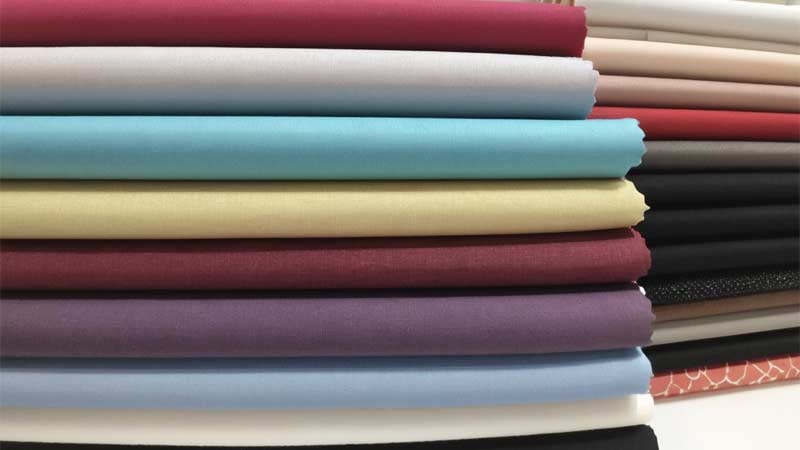
Begin by choosing the appropriate fabrics for your project. Ensure they are clean, dry, and free from any wrinkles. Smooth fabrics without heavy textures work best with Vliesofix, promoting a secure and seamless bond.
2. Iron Temperature and Duration
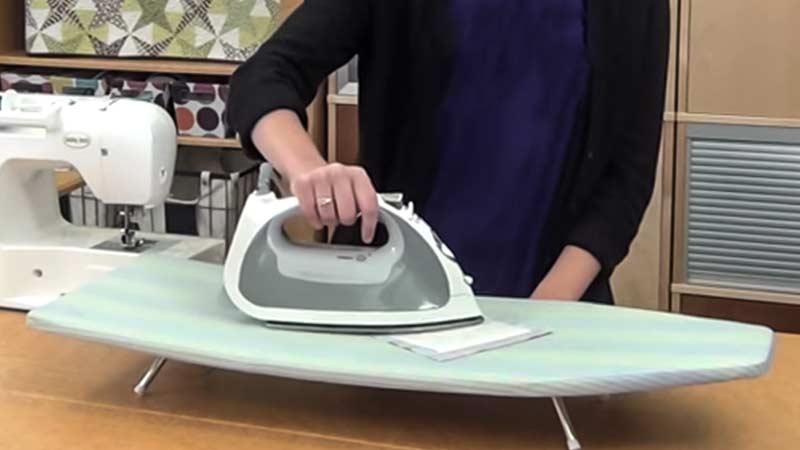
Adjust your iron to the recommended temperature for your working fabrics. When applying Vliesofix, use a dry iron and press firmly, holding it in place for the specified duration. This ensures proper adhesion without damaging the fabric.
3. Paper Removal
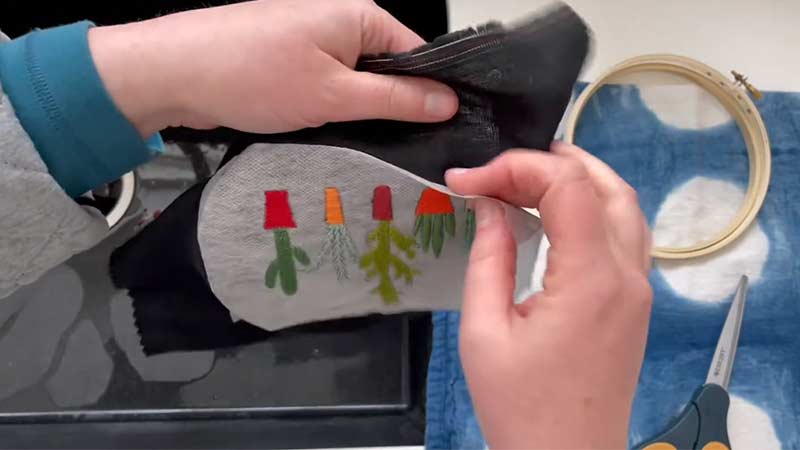
Once the Vliesofix is fused to the fabric, allow it to cool before peeling off the backing paper. Gently lift one corner and peel it away, ensuring the adhesive remains securely attached to the fabric. Take care not to distort the fabric during this process.
4. Test Adhesion on Scrap Fabric
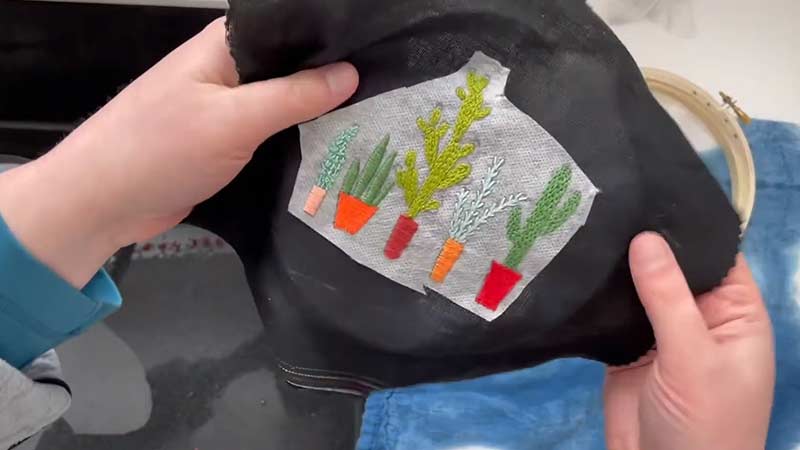
Before applying Vliesofix to your main project, test a scrap piece of fabric to determine the appropriate iron temperature and pressure needed for optimal adhesion. This helps prevent any mishaps on your final project.
5. Precision Cutting
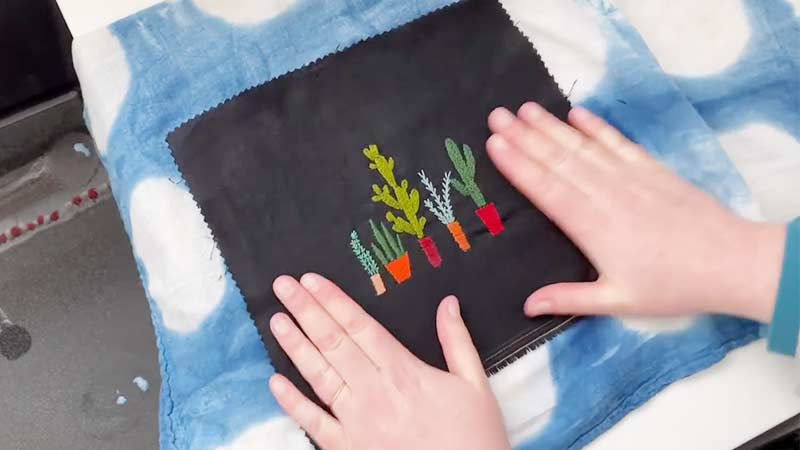
When cutting out your appliqué shapes, precision is key. Use sharp scissors or a rotary cutter to ensure clean and accurate edges. Leaving a small margin around the traced lines provides stability and helps achieve a neat finish.
6. Layering for Dimension
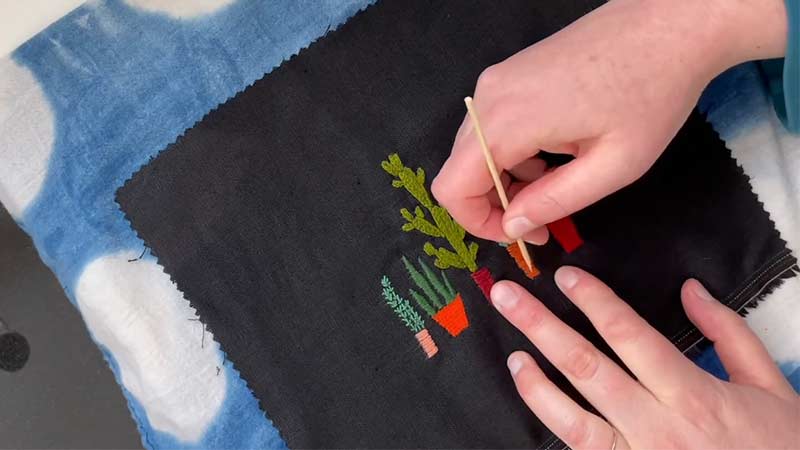
If creating layered appliqué designs, carefully consider the order of fabric placement. Start with the background layer and work your way up, bonding each layer with Vliesofix and ironing to secure it. This method adds dimension and visual interest to your fabric project.
7. Avoid Overlapping Adhesive Edges
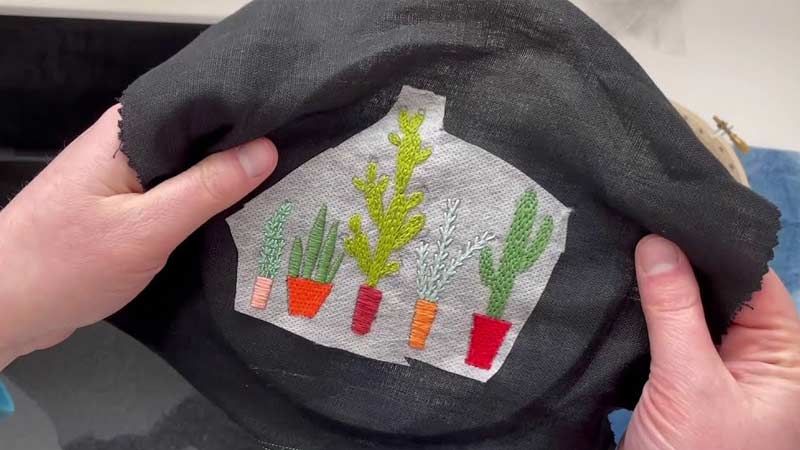
When positioning appliqué pieces, be mindful of avoiding overlapping adhesive edges. Overlapping can create unwanted thickness and affect the overall appearance of your project. Ensure a seamless and smooth finish by aligning edges without excess adhesive overlap.
What Is Vliesofix Used For?
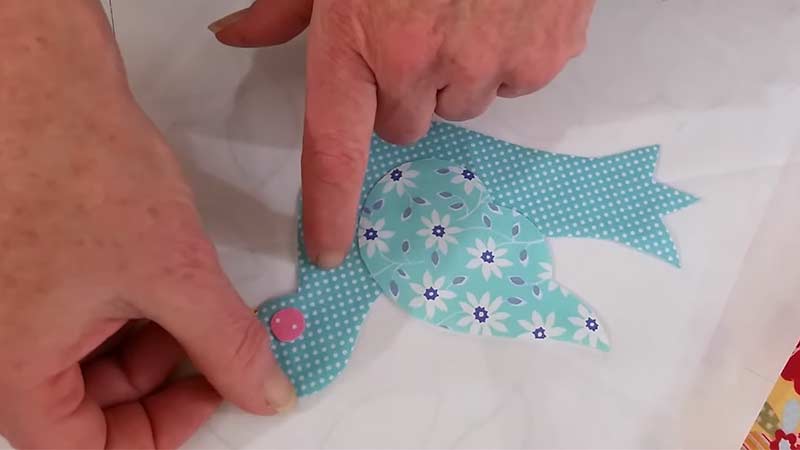
Vliesofix, also known as Bondaweb in some regions, is a versatile tool in visoflex sewing, offering a range of applications that elevate fabric-based projects.
This double-sided fusible web is a game-changer for crafters, providing easy use and professional results without stitching.
Here are seven key usages of Vliesofix:
Appliqué Embellishments
Vliesofix is widely employed in appliqué projects, allowing crafters to attach fabric shapes to a base material easily. By bonding the Vliesofix to the fabric and ironing it onto the desired surface, intricate appliqué embellishments can be achieved with precision and durability.
Quilting Enhancements
Quilters often use Vliesofix to enhance their creations. Whether adding intricate fabric designs to quilt blocks or fusing layers for added dimension, Vliesofix is invaluable in quilting.
Its ease of use ensures a seamless integration of fabrics without compromising the overall quilt structure.
Fabric Bonding in Garment Construction
In the realm of garment construction, Vliesofix serves as a reliable companion for fabric bonding. It facilitates the attachment of various fabric elements, such as patches or decorative pieces, contributing to the overall aesthetic appeal of garments.
Textile Collage Creation
Artists and crafters can explore the realm of textile collage by using Vliesofix. This fusible web enables the effortless layering of different fabrics, creating visually striking collages with a mix of textures, colors, and patterns.
Patchwork Design Integration
Vliesofix is instrumental in a patchwork design, enabling the seamless integration of fabric pieces. Crafters can use this versatile tool to fuse patches, ensuring a strong and durable bond without compromising the flexibility and comfort of the final piece.
Home Decor Projects
Vliesofix finds its place in various home decor projects, from personalized cushions to fabric wall art. It enables crafters to easily attach fabric embellishments to items like pillow covers, curtains, or wall hangings, adding a touch of creativity to everyday items.
Personalized Apparel
Adding a touch of individuality to clothing is made easy with Vliesofix. Crafters can use it to attach fabric motifs, monograms, or custom designs to clothing items, transforming plain garments into personalized and unique wearable art.
In each of these applications, the step-by-step guidance provided by Vliesofix Anleitung (Vliesofix instructions) ensures that crafters can navigate the process with confidence, unlocking the full potential of this indispensable sewing tool.
FAQs
Can I reposition appliqué pieces once Vliesofix is applied?
While Vliesofix provides a strong bond, it allows for repositioning during the initial application. Ensure the final placement before permanently securing it with a hot iron. Once fully fused, repositioning becomes challenging.
Should I pre-wash fabrics before using Vliesofix?
Yes, it’s advisable to pre-wash fabrics to remove any sizing or residues. Dry and iron them before applying Vliesofix for optimal adhesion and long-lasting results.
Can I use Vliesofix for raw-edge appliqué?
Absolutely! Vliesofix is excellent for raw-edge appliqué. Cut fabric shapes without turning under the edges, apply Vliesofix, and secure with an iron for a charming, textured look.
How can I prevent adhesive buildup on my iron while using Vliesofix?
Place a protective sheet or baking paper between the iron and Vliesofix to prevent adhesive buildup. This protects your iron and ensures a clean and efficient application process.
What’s the ideal temperature and duration for ironing Vliesofix?
Adjust your iron to the recommended temperature for the fabrics used. Press firmly with a dry iron, holding it in place for the specified duration. This ensures proper adhesion without damaging the fabric.
Conclusion
Using Vliesofix in appliqué proves to be a transformative and accessible technique for elevating fabric projects. The versatility of Vliesofix empowers crafters to fuse fabrics, creating intricate designs and embellishments effortlessly.
By exploring various methods, from reverse appliqué to layered designs, individuals can tailor their fabric creations to suit their unique artistic vision.
The step-by-step guide on using Vliesofix in appliqué serves as a valuable resource, equipping enthusiasts with the knowledge needed to bring their creative ideas to life.
As you embrace the world of fabric appliqué with Vliesofix, you not only enhance the aesthetic appeal of your projects but also discover a fulfilling and rewarding avenue for self-expression in the realm of textile arts.
Leave a Reply